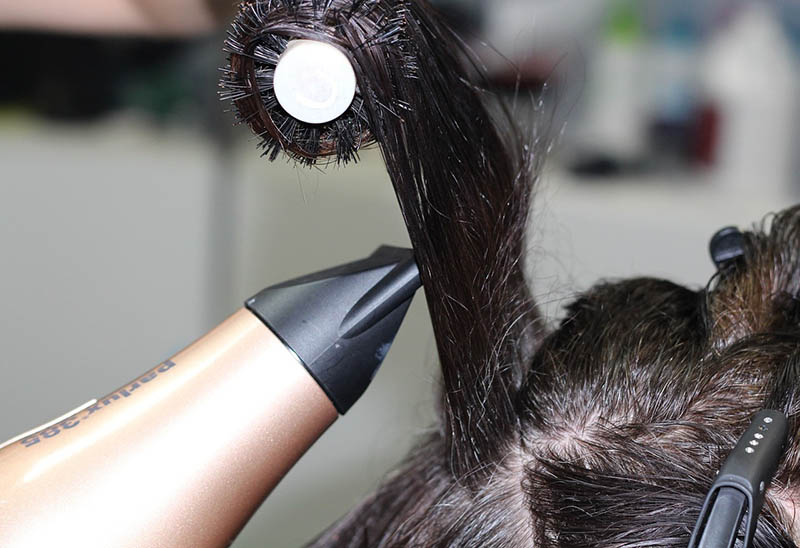Who Invented the Hair Dryer? History & Origins
-

- Last updated:

The hair dryer was invented by Alexandre-Ferdinand Godefroy back in 1890. A hairstylist, Godefroy was working in a salon in France when he came up with the idea for a device that could blow hot air on wet hair to speed up the drying process. He patented his invention that year, and it quickly became a staple in hair salons around the world.
Ready to learn more? Read on!

Hair Dryers in the 1900s
It wasn’t until the early 1900s that the first handheld hair dryer was invented. These early models were bulky and cumbersome, but they were a vast improvement over Godefroy’s original design.
His initial concept was essentially a tube that was attached to any heating device and a dome that rested over the head. The tube served to lead hot air to the dome, which then warmed up and dried damp hair.
In the 1920s, manufacturers began to experiment with different materials and designs, and by the 1930s, handheld hair dryers were becoming more compact and user-friendly.
These early models had very low heat compared to modern hair dryers, using just around 100 watts. Although many improvements would eventually come, early electric hair dryers were potentially dangerous to use, resulting in electrocution and overheating.
Throughout the 1900s, manufacturers focused on higher wattage and better construction. Early handheld units weighed as much as 2 pounds and were quite awkward to use.
By the 1960s, though, hair dryers had been reduced to about half their size and weight. And in the 1970s, manufacturers perfected ceramic heating elements, making hair dryers even safer to use.

Hair Dryers in the 2000’s
In the early 2000s, manufacturers began to experiment with new technologies, such as ceramic and tourmaline. These materials help to distribute heat more evenly, which reduces damage to hair.
In 2004, Dyson introduced the first-ever bladeless hair dryer. This model uses a different type of technology to create a high-powered airflow.
And in 2007, Conair released the first-ever hair dryer with a built-in ionic generator. This model uses ions to dry hair faster while also reducing frizz.
Today, there are hair dryers for every budget and need. You can find models with multiple heat and speed settings, as well as those that are specifically designed for certain hair types.
What is perhaps most interesting is the fact that little has changed in the production of conventional handheld hair dryers. The technology has remained largely unchanged since the handheld hair dryer’s inception in the early 1900s.
While there have been some improvements in terms of size, weight, and power, the basic design is still the same. It is a testament to the effectiveness of this simple invention that is well over 100 years old.

Final Thoughts
The future of the hair dryer is always changing. Manufacturers are constantly experimenting with new materials and technologies to create even better products.
So who knows what the next big thing will be? Perhaps we’ll see hair dryers that use alternative energy sources, such as solar power. Or maybe we’ll see models with built-in sensors that can automatically adjust the heat and airflow settings.
Only time will tell what the future holds for this humble hair care appliance. But one thing is for sure: a hair dryer is an essential tool that is here to stay.
Featured Image Credit: mostafa meraji, Pixabay
Contents
